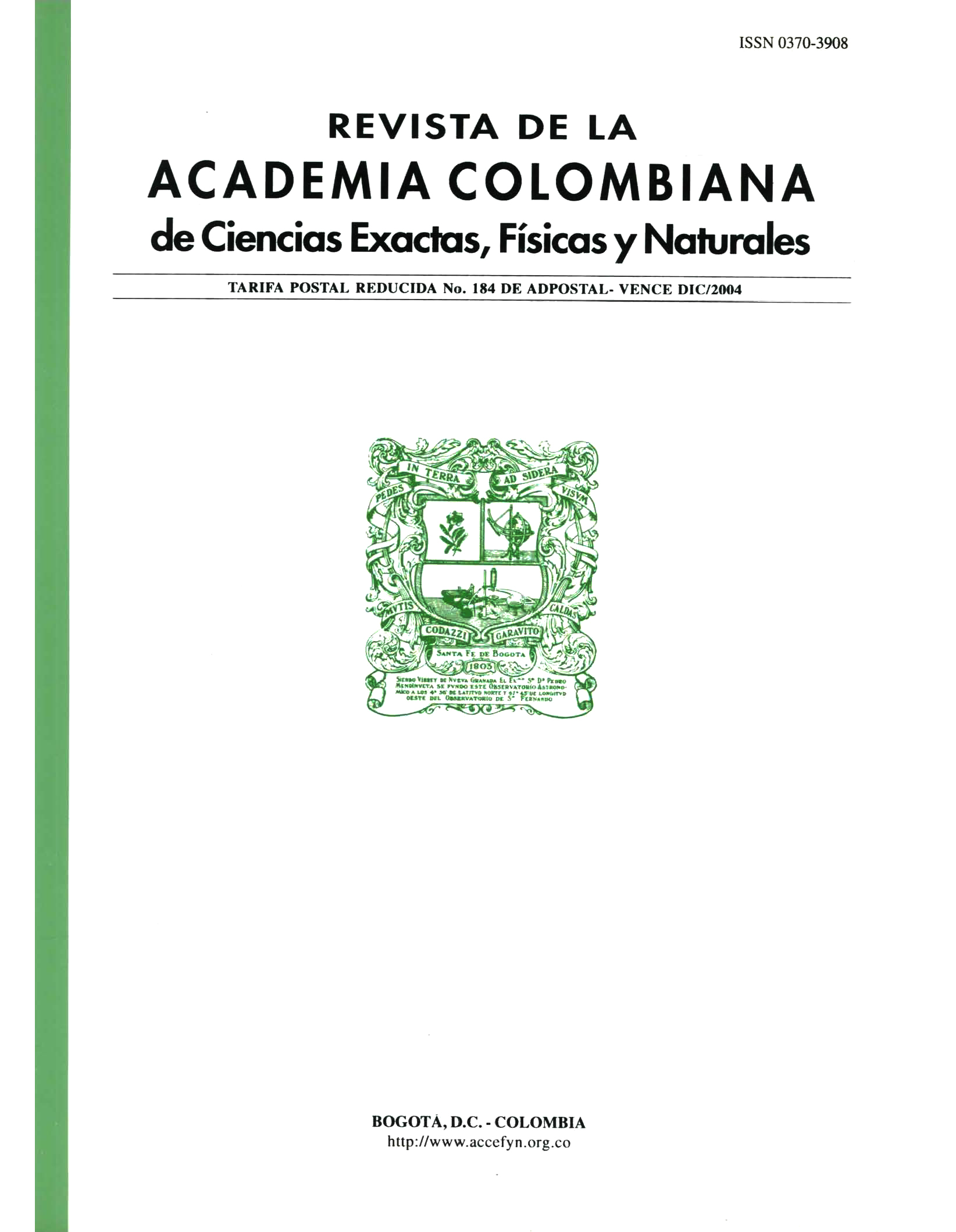Abstract
Psychology in the context of natural sciences. Behavior and evolution. Psychology has been considered during the development of Western science as the study of the psyche, as the study of the mind, and in the XXth. and XXIth. Centuries as the scientific study of the behavior of organisms. The development of psychology as a field of science is presented, beginning with the founding of the first laboratory of experimental psychology at the University of Leipzig (Germany) in 1879. The dilemmas that have faced psychology are pointed out: its subject matter, the methodology, natural science and or social science, scientific discipline and or applied profession. The relevance of using an evolutionary context, and the natural science approach, are indicated. Research on animal “mind” and cognition, and in general the phylogenetic foundation of psychological processes, is presented from the perspective of contemporary science.
Keywords
References
Ardila, R. (1977). Investigaciones psicológicas. Bogotá: Siglo XXI Editores.
Ardila, R. (1979). Los orígenes del comportamiento humano. Barcelona: Editorial Fontanella.
Ardila, R. (1993). El lenguaje de los monos superiores. Innovación y Ciencia (Asociación Colombiana para el Avance de la Ciencia), 2 (2): 44-49.
Ardila, R. (2002). La psicología en el futuro. Madrid: Editorial Pirámide.
Ardila, R. (2007). The nature of psychology: The great dilemmas. American Psychologist, 62.
Beran, M. J., Gulledge, J. P., & Washburn, D. A. (2007). Animals count: What is next? Contributions from the Language Research Center to nonhuman animal numerical cognition research. In D. A. Washurn (Ed.), Primate perspectives on behavior and cognition (pp.161-173). Washington, D.C.: American Psychological Association.
Buss, D. M. (1999). Evolutionary psychology. The new science of the mind. Boston: Allyn & Bacon.
Darwin, C. R. (1859). The origin of species by means of natural selection. London: Murray (Edition: The Modern Library, New York).
Darwin, C. R. (1871). The descent of man and selection in relation to sex. London: Murray.
Darwin, C. R. (1872). The expression of the emotions in man and animals. London: Murray.
De Waal, F. (2006). Primates and philosophers, how morality evolved. Princeton: Princeton University Press.
Gallup, G. G. (1977). Self-recognition in primates. A comparative approach to the bidirectional properties of consciousness. American Psychologist, 32: 329-338.
Gallup, G. G. (1985). Do mind exists in species other than our own? Neuroscience and Biobehavioral Reviews, 9: 631-641.
Greenberg, G., & Haraway, M. M. (Eds.). (1998). Comparative psychology. A handbook: New York: Garland Publishers.
Hare, B. (2007). From nonhuman to human mind: What changed and why?. Current Directions in Psychological Science, 16 (2): 60-64.
Houser, M. D. (2006). Moral minds. New York: HarperCollins.
Morgan, C. L. (1894). Introduction to comparative psychology. London: Scott.
Papini, M. R. (2002). Comparative psychology Evolution and development of behavior. Upper Saddle River, NJ: Prentice-Hall.
Pérez-Acosta, A. M., Benjumea, S., y Navarro, J. I. (2001). Autoconciencia animal: estudios sobre autodiscriminación condicionada en varias especies. Revista Latinoamericana de Psicología, 33: 311-327.
Rilling, M. (1993). Invisible counting animals: A history of contributions from comparative psychology, ethology, and learning theory. In S. T. Boyson & E. J. Capaldi (Eds.), The development of numerical competence: Animal and human models –Comparative cognition and neuroscience. (pp. 3-38). Hillsdale, NJ: Erlbaum.
Russell, B. (1921). The analysis of mind. London: Allen & Unwin.
Santillán-Doherty, A.M., Mayagoitia, L., Kajihara, K., Mendoza, M., y Muñoz,-Delgado, J. (2002). Estudio longitudinal de la personalidad en primates no humanos. Revista Latinoamericana de Psicología, 34 (3): 241-249.
Santillán-Doherty, A.M., Mayagoitia, L., Kajihara, K., Mendoza, M., Muñoz-Delgado, J., y Nicolani, H. (2004). La medición de la personalidad en primates no humanos. Salud Mental (México), 27 (1): 50-59.
Thorndike, E. L. (1909). Darwin´s contributions to psychology. University of California Chronicle, 12: 65-80.
Van Schaik, C. (2006). Why are some animals so smart? Scientific American, April 2006, 49-55
Washburn, D. A. (Ed.). (2007). Primate perspectives on behavior and cognition. Washington, D.C.: American Psychological Association.

This work is licensed under a Creative Commons Attribution-NonCommercial-NoDerivatives 4.0 International License.
Copyright (c) 2023 https://creativecommons.org/licenses/by-nc-nd/4.0





